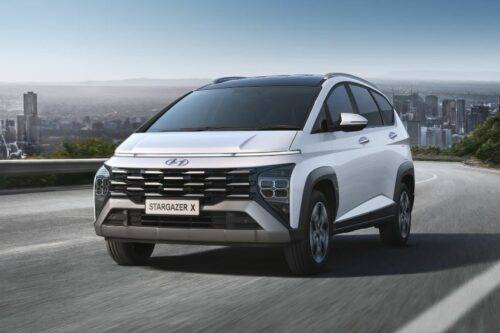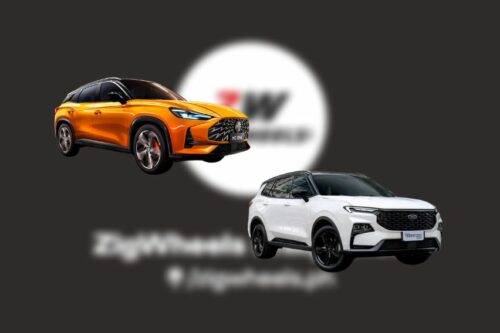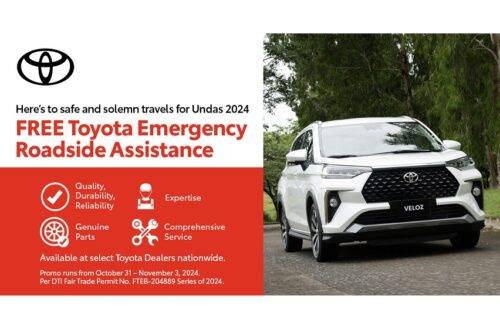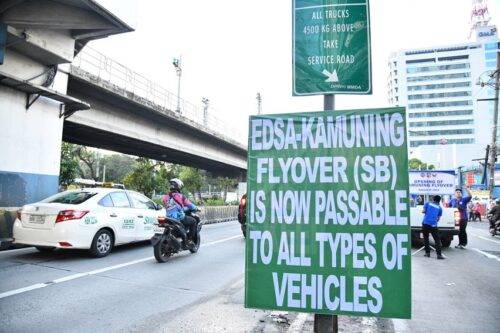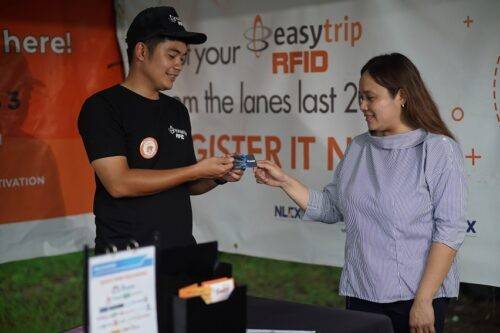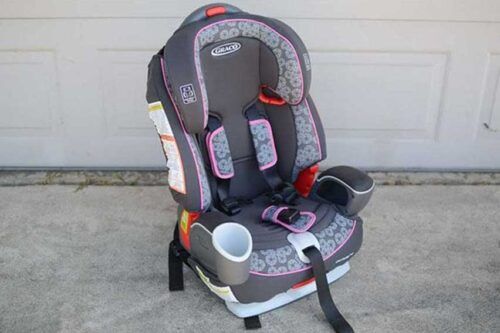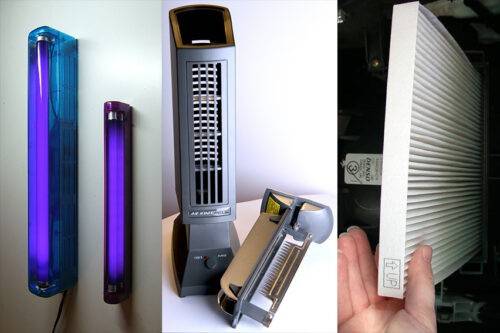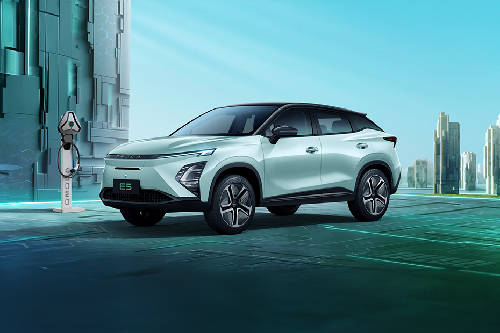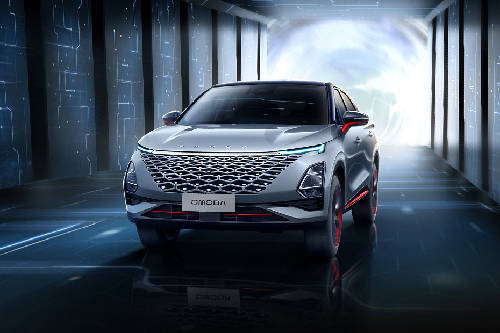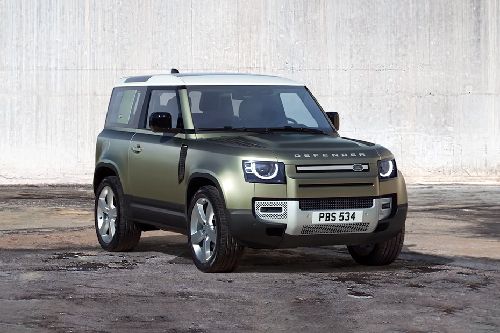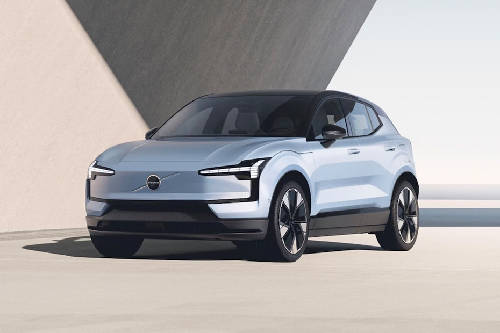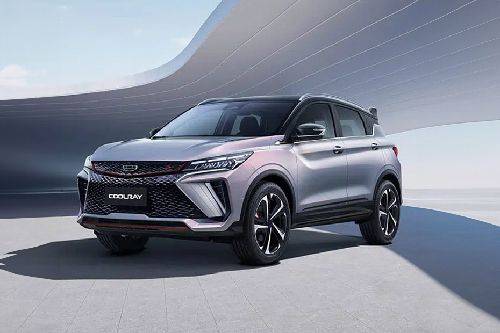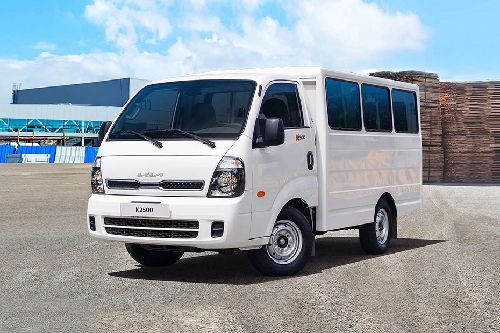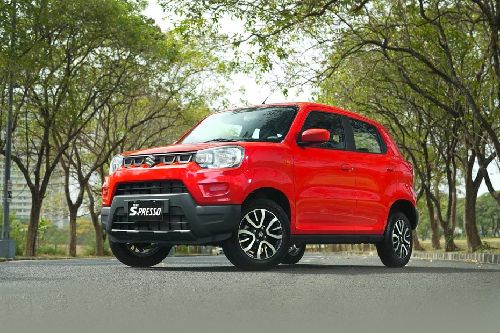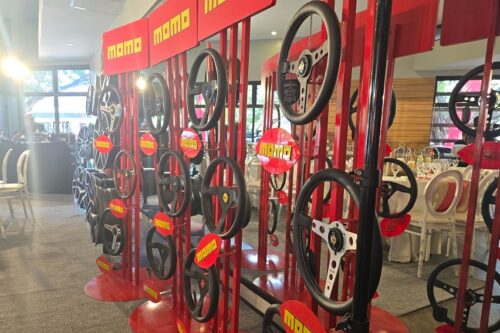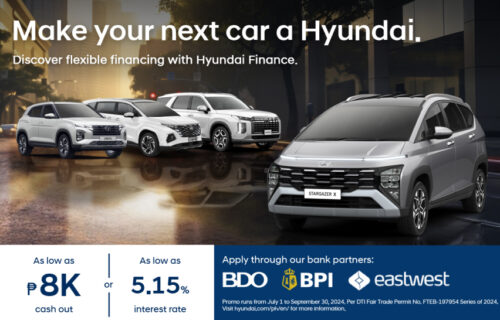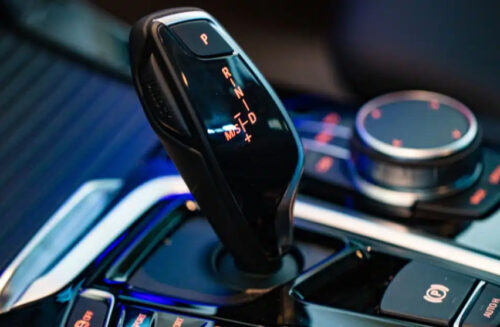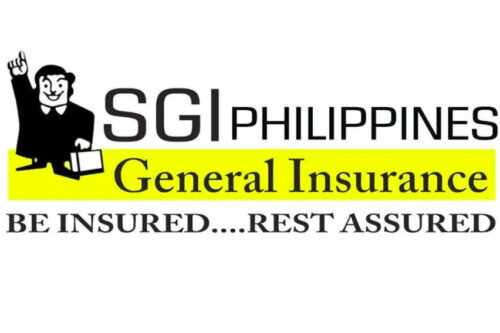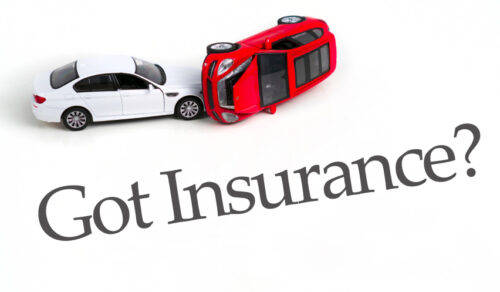Your ultimate guide to selling pre-loved cars in the Philippines
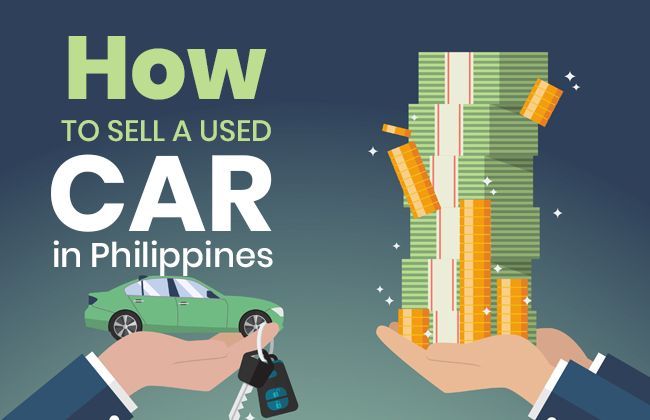
Thinking of letting go of your old car for a new one? Though the task of selling your used car seems to be very daunting, the process is quite simple once you know which documents to prepare and how to market your vehicle.
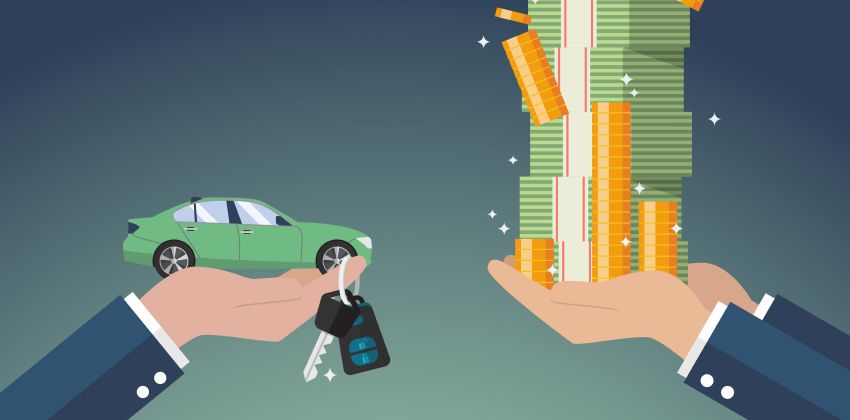
Here are few pro tips on how to sell your used car in Philippines -
1. Decide if you want to trade it in or sell it
If you want to sell your current vehicle because you want to purchase a new one, then there are two ways of liquidating it: trade it in a dealership or sell it.
If you are in a time crunch and want a hassle-free transaction, the easiest way to selling your vehicle is to trade it in a dealership where you would purchase your new car. This way, you’ll be able to funnel in the resale value of your old vehicle to the new car you like to purchase. The only thing is, the dealership will also have to make a profit so the final sale price of your used car will be below true market value.
If you are still undecided on what car to purchase, in no hurry to buy a new one, or simply want to liquidate your vehicle, then you may decide to sell it yourself. There are two ways of going about selling your car. You can sell it on your own via personal network or word-of-mouth or use social media like Facebook Marketplace, Instagram, OLX, or Craiglist. The other way is to use a dedicated automotive third-party listing like Carmudi and Zigwheels.ph used car selling portal.
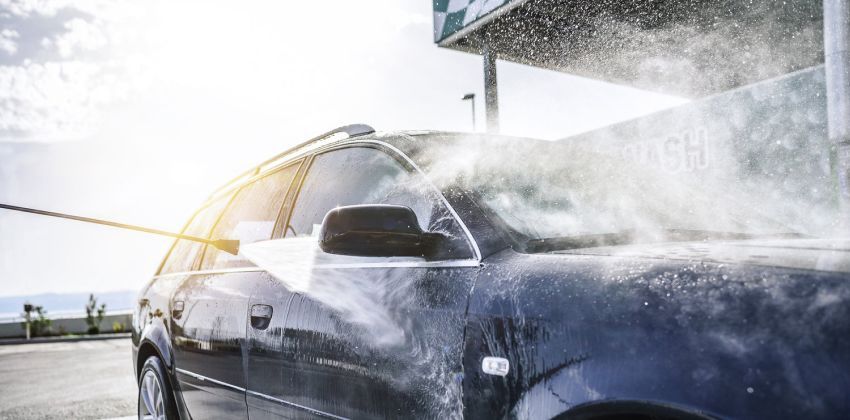
We would highly recommend that you choose the latter option as specialized marketplaces will attract more web traffic who are actually looking for cars. Moreover, their websites (like this one) are specially designed for car ads ergo you’ll also have more potential buyers looking at your ad than say posting it on your Facebook wall or in the FB Marketplace. But whatever method you choose to sell your car, you would have to:
2. Preparing your car for sale
Make your car presentable to prospective buyers. Take it to the auto shop for a thorough clean, a good waxing, and full detailing. While there you could already start asking the technician on how much your car would go for on the current market.
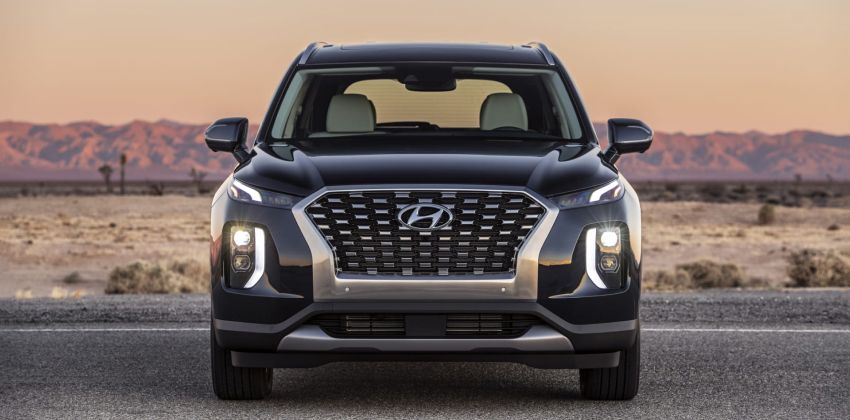
Take clear, high definition photos:
Now that your car is looking its best, give it a good photo op with an HD camera. Try to get a photo of your car in several angles with focus on the front and rear view with trunk/ hood open and closed; side view with doors open and close; close up of the instrument cluster; close up of the engine; tires and wheels; center console; front and back seats; and floor for all seats. If you made modifications to your vehicle (i.e. body kits, side skirts, spoiler, brake clips, etc.), you can also take a snap of those in close up.
Be honest about your vehicle:
Be upfront on your vehicle’s history and services done to your car especially if it is an older make, has been damaged by flood, or experienced a collision. Better to be upfront about it to your potential buyers than tainting your integrity or relationship just to make a sale. It is not worth it believe me.

3. Research a fair price for your vehicle
If you are using an automotive third-party listing, chances are, they will be the ones to estimate the best market value for your vehicle so you can skip this part. But if you are looking to sell your car through general buy and sell sites or social media, then you have to find out for yourself the market value for your vehicle by asking around or checking out websites like this one to get an idea.
When deciding, evaluate the pros and cons between trading off and selling it yourself, the time and effort needed, and the cash value you could get for your vehicle.
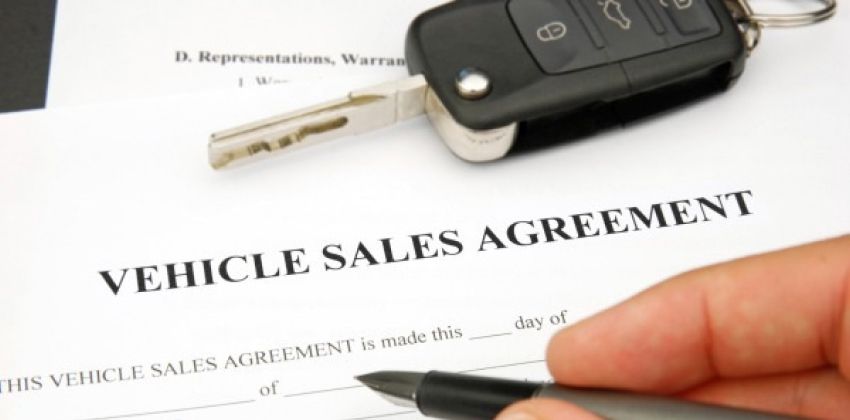
4. Prepare the necessary papers
After you decided on whether to trade-in or sell your used vehicle, the next step is to prepare all pertinent documents. Since purchasing a car is more tedious than buying a new smartphone or gadget, you have to put in the effort of preparing all necessary papers for a smooth transaction. These include:
- Original copy of the Certificate of Registration
- Official receipt of Registration
- Original LTO Plate Numbers
- Motor vehicle clearance from HPG
- Endorsement from the Insurance company to the new owner
- Record of and or receipts for maintenance, repairs, and accessories
- Notarized transfer of title
- Absolute Deed of Sale (which will be accomplished once the transaction is closed)
Also Read: Things to remember while transferring the ownership of your car
5. Viewings and negotiation
Expect to meet potential buyers with lots of questions. Some common questions ask that you should be prepared to answer are:
- Why are you selling the car?
- Ownership history, is it a first-hand car?
- Are the service records complete?
- Does the car has a clear title?
- What’s your basis for the asking price and is it negotiable?

As part of due diligence of the buyer, he or she may ask you to have the car inspected by a mechanic or someone knowledgeable, don’t get offended if they do. As long as you are honest about your car history, you have nothing to worry about. Your buyers will also likely to ask to take the car for a test drive to get the feel of your vehicle. Do so with them and highlight the good points of your car or point out what needs repair as you drive. Use this time to establish trust and rapport.
Expect some of the potential buyers to low ball you or ask for a discount after scrutinizing your vehicle. They would probably point out some minor flaws to justify their request. Thus it is best that you also did your own due diligence by researching how you came up with your pricing and the market value of your vehicle given its condition. Set the lowest amount you are willing to go and be firm with it.
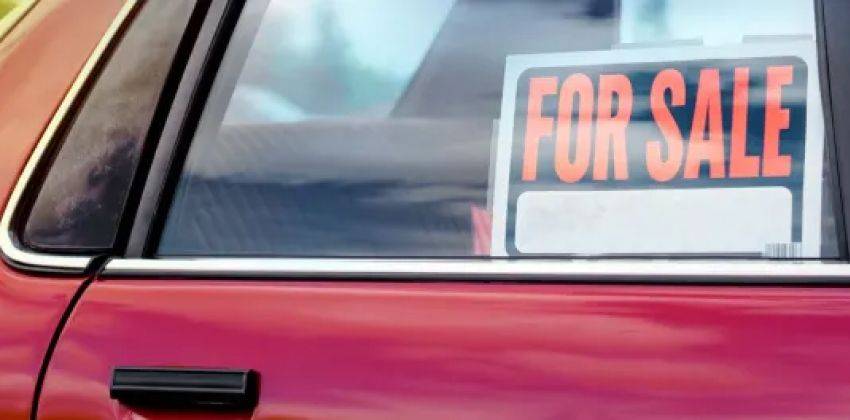
6. Closing the deal
When you and a buyer get into an agreement, it is now time to close the deal. Never release your car unless you have received the money. It is best to do this transaction in the presence of a lawyer or a witness. If paying by check, ask it to be a manager’s check as much as possible or wait for it to be cleared before delivering your vehicle to ensure that it will not bounce. If the customer is paying it in cash, count it in full view. After money has changed hands, you can now draft a deed of sale and offer an official receipt. Discuss insurance, warranty, and maintenance with the buyer for full disclosure to avoid any inconvenience in the future.
Also Read: Top entertaining tips when stuck in Manila traffic
Sell your car at the best price
 Verified and genuine buyers
Verified and genuine buyers
PIMS 2024
Trending & Fresh Updates
- Latest
- Popular
You might also be interested in
- News
- Featured Stories
Featured Cars
- Latest
- Upcoming
- Popular
Latest Car Videos on Zigwheels

Car Articles From Carmudi
- journal
- advice
- financing
- insurance










